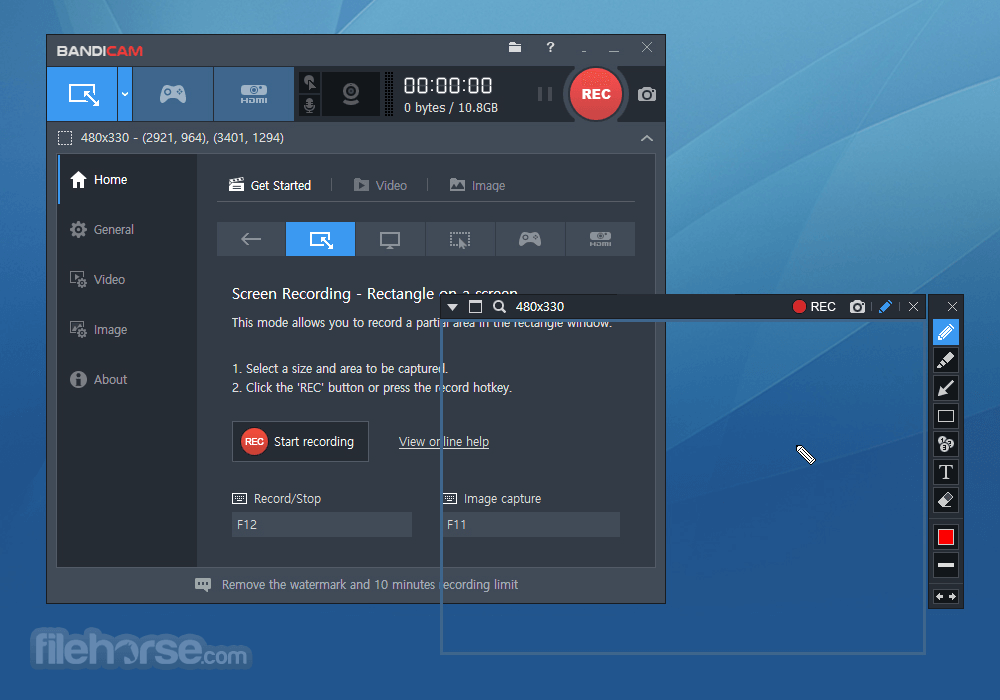

If your CPU is regularly hitting 175℉ to 200℉, especially when you're not running a lot of programs, it's probably not safe to overclock it. While idle, most CPUs should hover around 130℉, and jump up to about 170℉ while working hard. Monitor your CPU's temperature so you know how hot it's currently running.While the case is empty, clear out any dust or dirt. Quick note: If you want to give your PC a truly deep clean, remove all the components from the case and clean each one individually. We also recommend wearing an antistatic wristband, which will keep you safe from static shocks - if you don't have one, touch your PC case often to ground yourself.

Open the case and, using a can of compressed air and a microfiber cloth, clean out any dust that's accumulated on the motherboard and in the fans, ducts, and other airflow pathways. Shut off the computer and unplug it from the wall. Start by giving your PC a thorough cleaning.If you try to overclock a CPU that's already redlining, you could see full system failure. RAR for Android 6.Before you actually overclock your CPU, it's a good idea to prep your PC and make sure that your CPU isn't already too stressed for overclocking. If you prefer not to have cookies stored within your web-browser, please adjust your browser settings accordingly. For more detailed information regarding the use of cookies on this website, please see our "Privacy Policy". By using this website, you consent to the use of cookies. Our website uses cookies to help improve your visit. We want you to have the best possible experience while using our service.


 0 kommentar(er)
0 kommentar(er)
